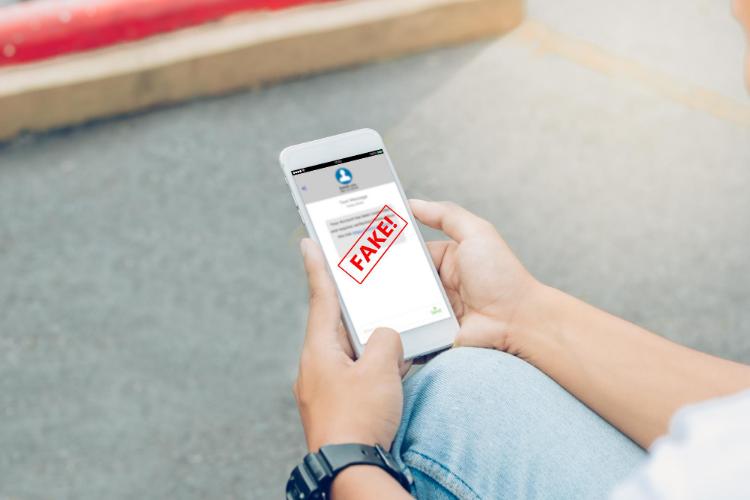How to identify Fake Error Text Messages to Copy and Paste
Fake Error Text Messages to Copy and Paste is a way to create and send error messages to prank someone on electronic devices, mainly smartphones. These error messages look like real messages and make the recipient feel having a real issue with their device. Here are some examples of fake error messages.
We’re Sorry, You Have Reached a Number That Has Been Disconnected or Is No Longer In Service.
Message Sent Using an Invalid Number of Digits.
SMS Service Error 404: Destination Unauthorized.
SMS Service Error 202: Message Delivery Failed.
Identify Fake error Text Messages to Copy & Paste
People usually use such messages as a form of light entertainment and share with their friends, family members, or colleagues to create a humorous reaction. Several online tools and apps help people to personalize the content, style, and appearance of such error messages. These messages are harmless and amusing in nature. However, they can be distressing, unethical, or inappropriate for a recipient like you. As you receive such an error message, you should try to identify whether it is real instead of reacting to it. Here are some points to keep in mind for your assistance:
- The fake error message links are short.
- Such a message might have spelling and grammatical errors.
- The text message would request you to get a reward after clicking the link.
- The message may request you to call back.
- It may ask about your device visibility.
- The message may not make sense or produce valuable information.
- It may contain suspicious links. You should consider the source and avoid clicking the links if you are not sure/confident.
Fix Fake Text Messages to Copy and Paste
Identifying the fake error messages is not enough for your safety and security. You need to be very careful and safeguard yourself from such things. Here are some helpful steps for your support:
Step 1: Use antivirus and firewall software
- Install an antivirus and firewall software program on your device.
- Keep it updated by updating it regularly. The software can help you block unauthorized access to your device and fake error messages with harmful elements.
Step 2: Be very careful and cautious with your email attachments
- Check the source of emails in your inbox.
- Avoid opening the email attachments from an unknown sender.
- Be careful while opening an email from a known sender and avoid opening the link if you have any doubt about it.
Step 3: Safeguard your sensitive information and data
- Never share any personal and sensitive data such as credit/debit card numbers, CVV codes, and passwords through a fake message or email reply.
- Keep in mind legal authorities never ask you to share sensitive data and personal information.
Step 4: Act wisely to the messages/emails with urgency or threats
- Be very cautious of the message or email that asks for taking an immediate action.
- Contact the sender calmly and verify their authenticity before you act.
Step 5: Employ an enhanced security method on your device
- Block receiving text messages from unknown numbers on your smartphone by using its security settings.
- Enable an antivirus and firewall program to safeguard your device.
- Use a third-party tool to detect and block fake messages/emails on your device.
Step 6: Stay informed about cyber scams and threats
- Update yourself what is going on in the name of spams, threats, and fake messages/calls with their types.
- Read blogs, forums, and newspaper/magazine columns on cyber security. It will help you get ideas on how to deal with the same.











